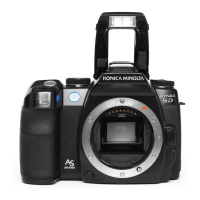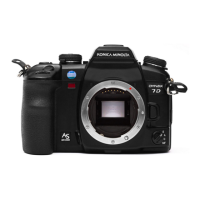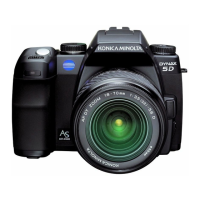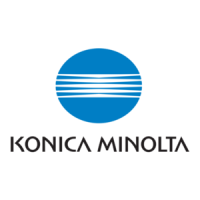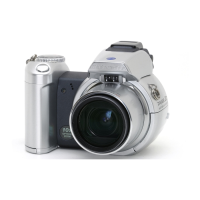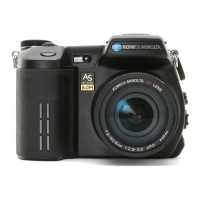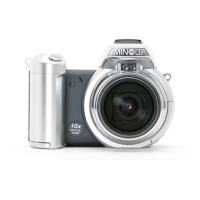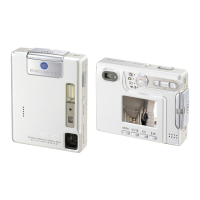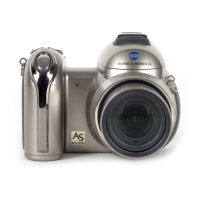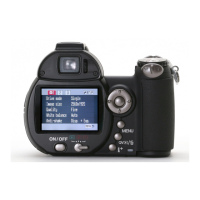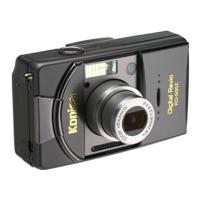Why are my Konica Minolta Digital Camera pictures not sharp?
- MMr. Ryan WardAug 12, 2025
If your photos aren't sharp, it could be due to several reasons. First, ensure your subject is within the lens's focus range. Second, if the autofocus isn't working in a special situation, use the focus-lock function or manual focus. Finally, if you're shooting indoors or in low light without a flash, try using Anti-shake or a tripod, increase the camera's sensitivity, or use the flash.
